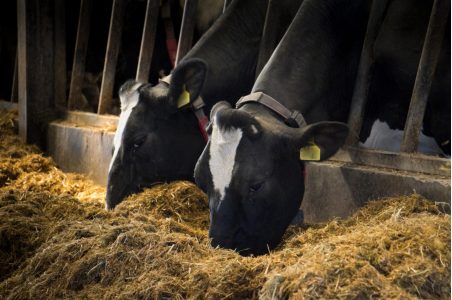Considering that feed costs contribute up to 60% of production costs within dairy production, improving feed-to-milk efficiency can have a significant impact on dairy profitability .
There are several approaches to estimating feed efficiency in dairy cattle. One of these is the estimation of net feed efficiency, called Residual Feed Intake (RFI), and the challenges associated with its use to improve the feeding efficiency of growing heifers and lactating cows.
Higher production per cow reduces the number of animals which are needed to produce the same amount of milk. This translates into:
Dairy production requires an initial time and investment of resources for heifer breeding prior to achieving a saleable dairy product.
Even more so, during their typical dry period of 60 days, cows consume feed without contributing to income. In fact, Schutz (2002) estimates that about 23% to 28% of the total dry matter (DM) consumption of the herd is carried out by non-lactating animals.
Therefore, there are opportunities to save on feed costs during these non-productive periods. Employing better herd management practices while only keeping those animals which are most efficient.
Estimating feed efficiency in dairy cattle
Keep up to date with our newsletters
Receive the magazine for free in digital version REGISTRATION ACCESS
YOUR ACCOUNT LOGIN Lost your password?
